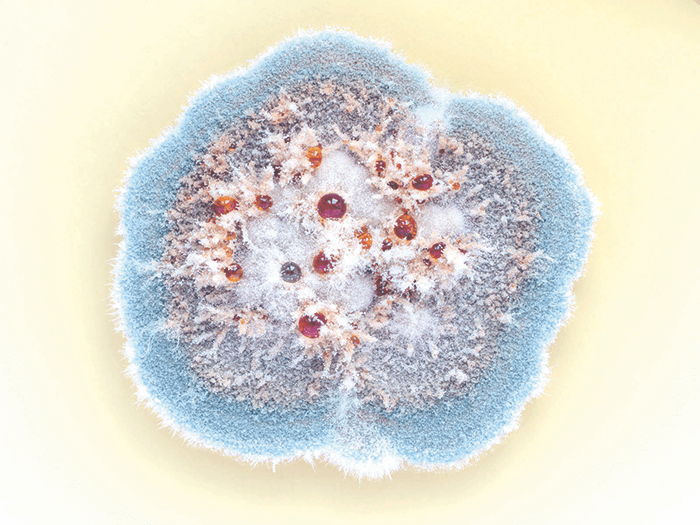Over the years, bacteria have served science well as a source of pharmaceuticals. Because of their amenability in the lab and their simple cellular architecture, scientists know a great deal about bacterial genetics – and their potential for producing secondary metabolites. But with the majority of the low-hanging fruit picked, it may be time to turn to another source of secondary metabolites: fungi. It’s well known that Penicillium fungi are able to produce important pharmaceutical compounds such as antibiotics, cholesterol lowering medicines and immunosuppressant drugs. And though some consider Penicillium to be an exhausted source of therapeutics, others think there are treasures waiting to be discovered. To settle the argument, a team of researchers from Chalmers University of Technology, Sweden, set out on a new research project.

“One can cultivate fungi and isolate the compounds they produce, but most bioactive compounds are not being produced under standard laboratory conditions,” says Jens Christian Nielsen, co-author of the study. The authors, therefore, decided to apply a genome mining strategy to fully assess the genetic potential for the production of bioactive compounds by the Penicillium genus. The researchers sequenced the genomes of nine Penicillium species and, together with 15 published genomes, investigated the secondary metabolism of Penicillium (1); the authors said they were able to identify “an immense, unexploited potential for producing secondary metabolites...” “Even though the species analyzed are from the same genus, we could see that they are able to produce a very diverse selection of secondary metabolites, with only a tiny fraction of the identified metabolic pathways being previously known,” says Nielsen. “This means that we have an untapped resource in our hands that could fuel the pharma industry with new drug leads.” Nielsen suggests that providing the pharma industry with an overview of metabolic capabilities of different species will speed up the screening process for new antibiotics and hence lower the costs of development. “We were able to identify new variations of known antibiotics and new producers of known drugs, which might be more efficient for production. We may also be able to identify species that can produce completely novel compounds.” Filamentous fungi (like Penicillium) tend to produce secondary metabolites in small quantities, so the goal for the research team now is to figure out how to produce the bioactive compounds efficiently. Says Nielsen, “We are working on transferring the secondary metabolite pathways from Penicillium species to yeast. The idea is to engineer yeast cell factories for efficient production of secondary metabolites, both to study their specific activities and, to create economically viable production processes.”
References
- J C Nielsen, “Global analysis of biosynthetic gene clusters reveals vast potential of secondary metabolite production in Penicillium species”, N Microbiol, 2, 17044 (2017). PMID: 28368369.




